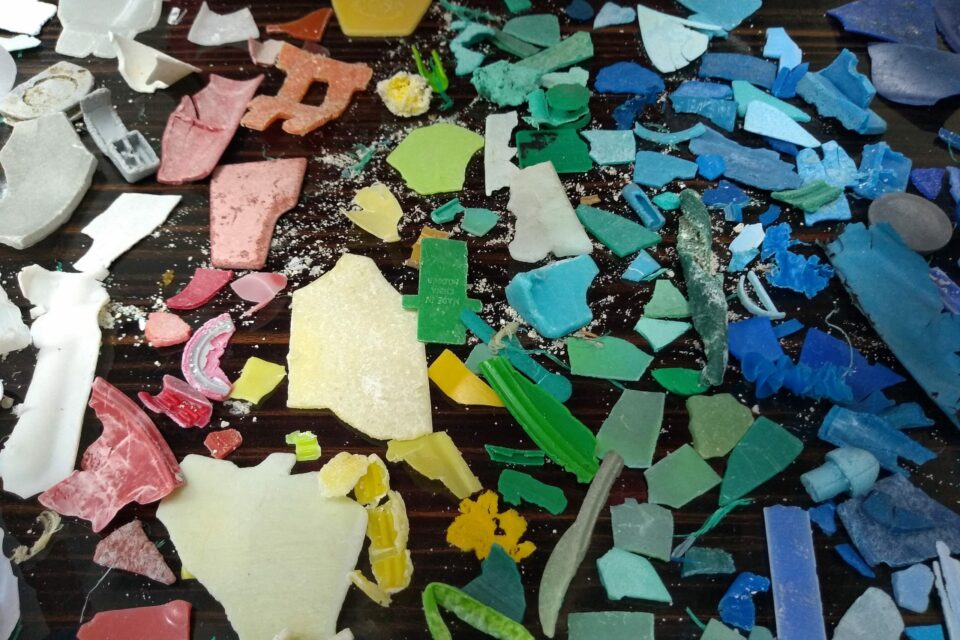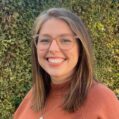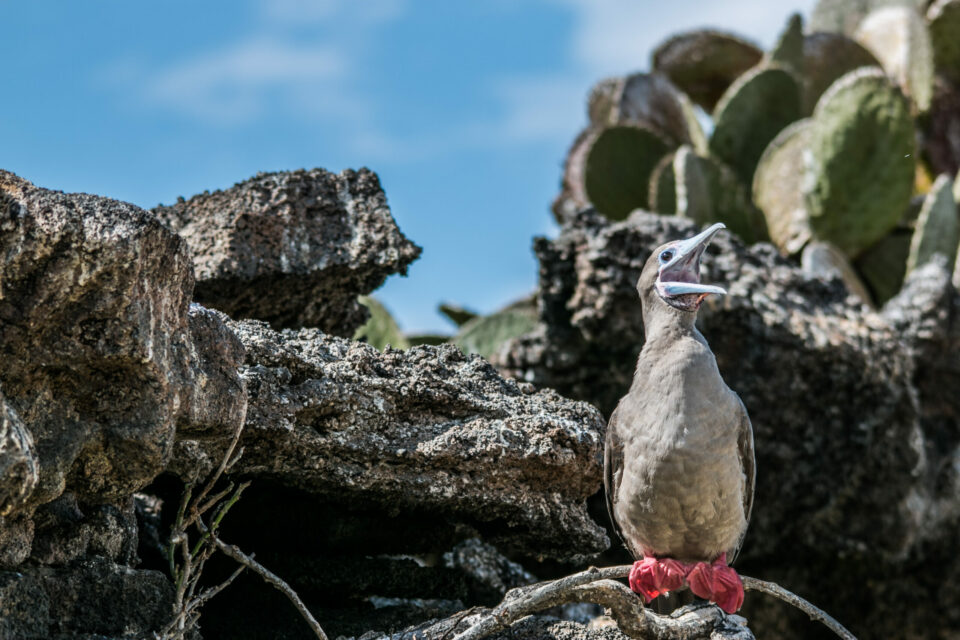

An archaeologist onboard – understanding marine plastic pollution in Galapagos
Have you ever wondered about the life of plastic objects found on the beach? How did they get here? Who was their owner? How old is this object? But most of all, how can we reduce marine plastic pollution?
Have you ever wondered about the life of plastic objects found on the beach? How did they get here? Who was their owner? How old is this object? But most of all, how can we reduce marine plastic pollution? PhD student Estelle Praet asks the big questions and explains her work to understand marine plastic pollution in Galapagos and the archaeological techniques that will help make Galapagos plastic pollution-free once again.
Answering the questions about marine plastic pollution in Galapagos
These are all questions that archaeologists, including me, are used to answering when studying past societies. Studying ancient objects is key to understanding the socio-economic organisations of ancient societies. Therefore, by studying contemporary objects, we can bring a complementary perspective on our own behaviour.
Information about marine plastic litter found in Galapagos, such as the origin, the type of object, its journey and its degradation, will help us understand waste management and disposal. We will be able to monitor the categories of objects reaching the Archipelago’s beaches and take action against this. This approach to plastic objects, inspired by archaeological techniques, is necessary to understand the extent of the issue through the recurrence of objects and the behavioural patterns behind their disposal. By engaging people with the objects and making them reflect upon their use and consequences, we can induce behavioural changes contributing to a plastic pollution-free Galapagos. Objects will serve as evidence of the pollution origin which will also enable tailored policy-making targeting the non-local origin of plastic litter.
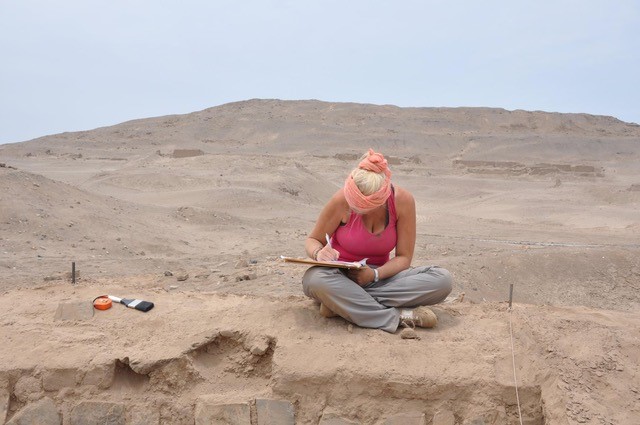
These are the topic and goals of my PhD undertaken in collaboration with Galapagos Conservation Trust (GCT) and the University of York. At the age of 10, I decided I wanted to become an archaeologist and, after travelling to Peru, I decided to specialise in Pre-Hispanic Latin America. I then had the opportunity to excavate sites that had been occupied by the Incas in Peru and by the Mayas in Mexico.
Beyond archaeology, I have numerous interests amongst which are nature and animals. This interest in nature led me to focus on zooarchaeology in my dissertation, working on mammal bones from Belize. My Master’s at the University of Cambridge increased my interest in ways to build a bridge between environmental conservation and archaeology. When I saw this PhD opportunity supervised by Pr. John Schofield and GCT’s Andy Donnelly, I applied with incredible enthusiasm and got offered the position followed by the White Rose College of the Arts and Humanities. Passionate about my PhD topic, I am looking forward to contributing to engaged archaeology that goes beyond studying the past to provide solutions for our future by reducing plastic pollution.
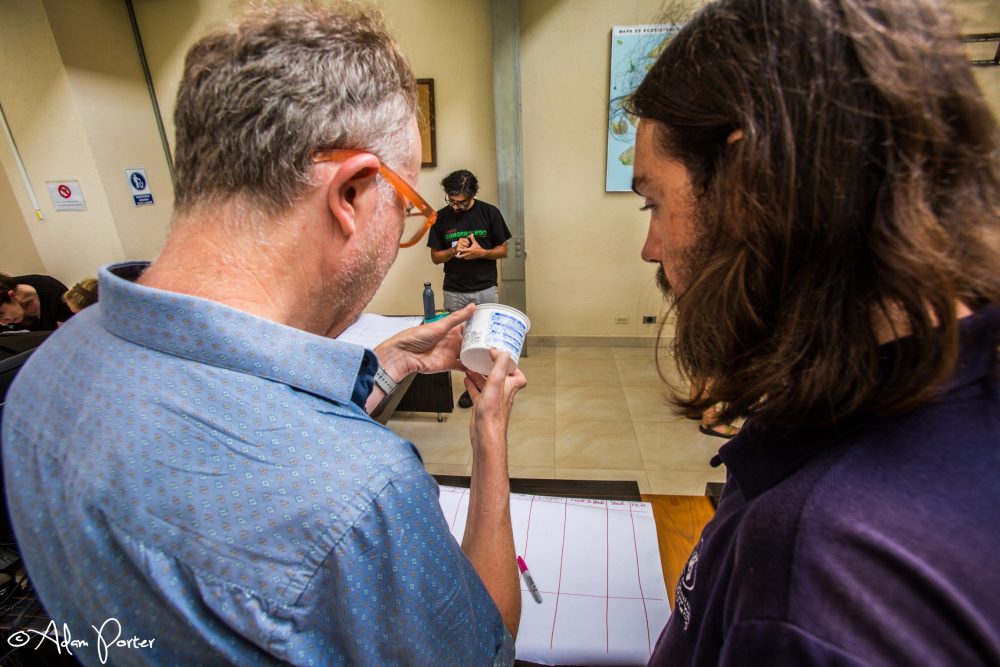
The PhD project is part of the Plastic Free Galapagos Programme and aims at using citizen science to monitor and reduce plastic pollution on Galapagos beaches. So far, I have contributed to the implementation of the Garbology project. Garbology is the study of garbage and allows us to retrieve unique information about littering behaviours and to understand the extent of the issue.
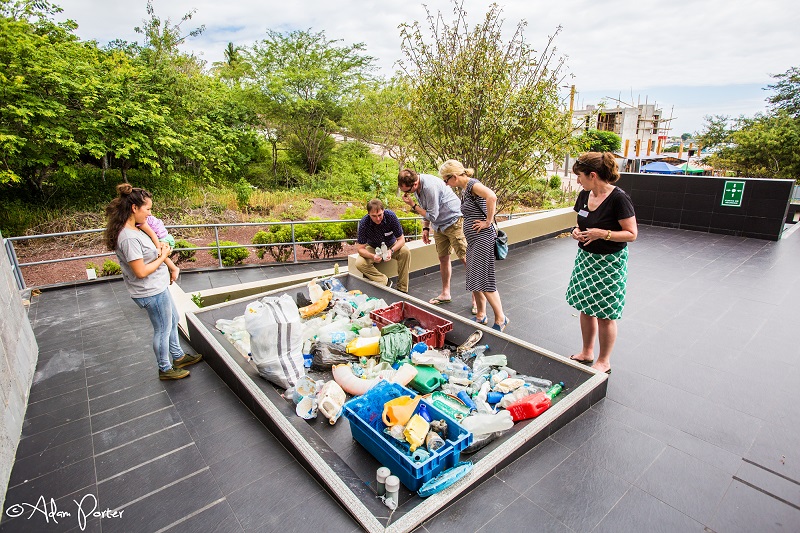
The first phase of the project consists of creating a photo collection of plastic items found on Galapagos beaches. I have created video tutorials and posters providing citizen scientists with tips to take the best pictures of plastic artefacts. Those pictures will then be analysed to determine the origin, weathering, and use of the objects. The pictures will also serve as a basis for the creation of narratives by other citizen scientists reflecting on our own relationship with plastic objects. I am looking forward to travelling to Galapagos and continuing my research project to bring together archaeological techniques and citizen science.
Watch this space for more updates about my work!
How you can help
Learn more about our Plastic Pollution Free Galapagos programme. Please help us tackle plastic pollution today by giving a donation or joining up as a GCT member.
Related articles

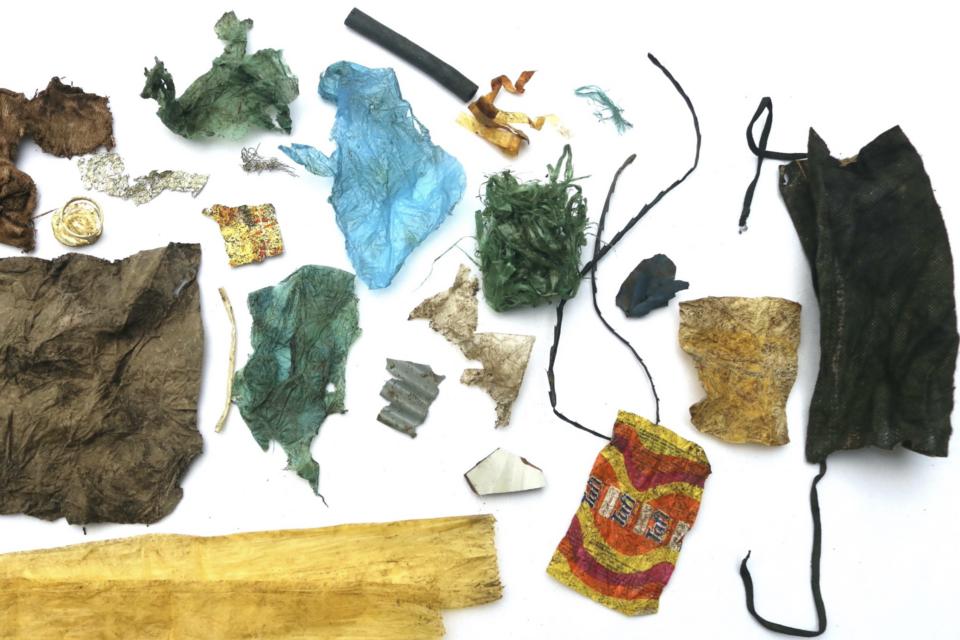
New research shows that Galapagos giant tortoises are ingesting plastic waste
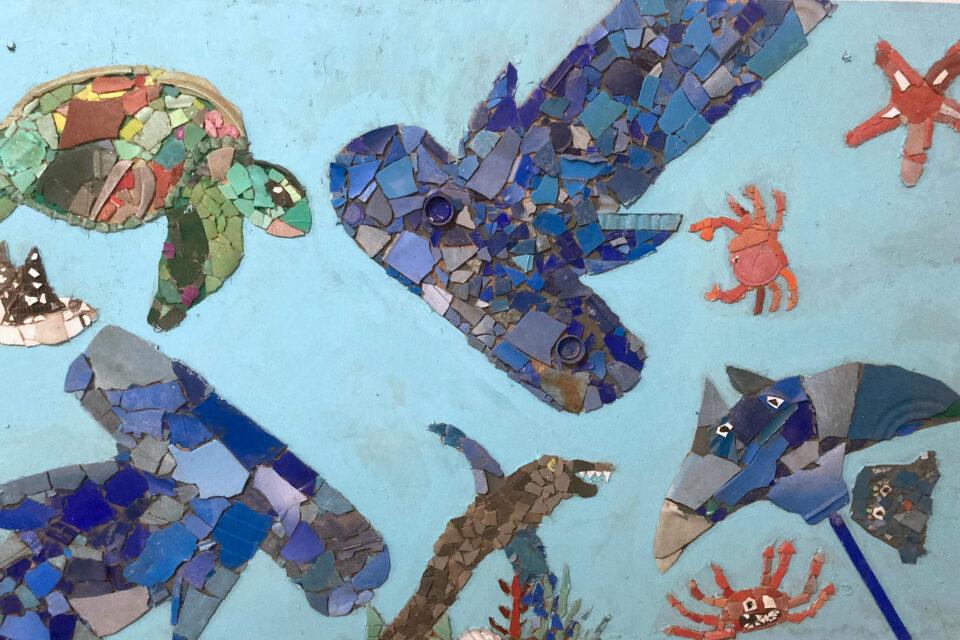
Creating a circular economy for plastics in Galapagos
